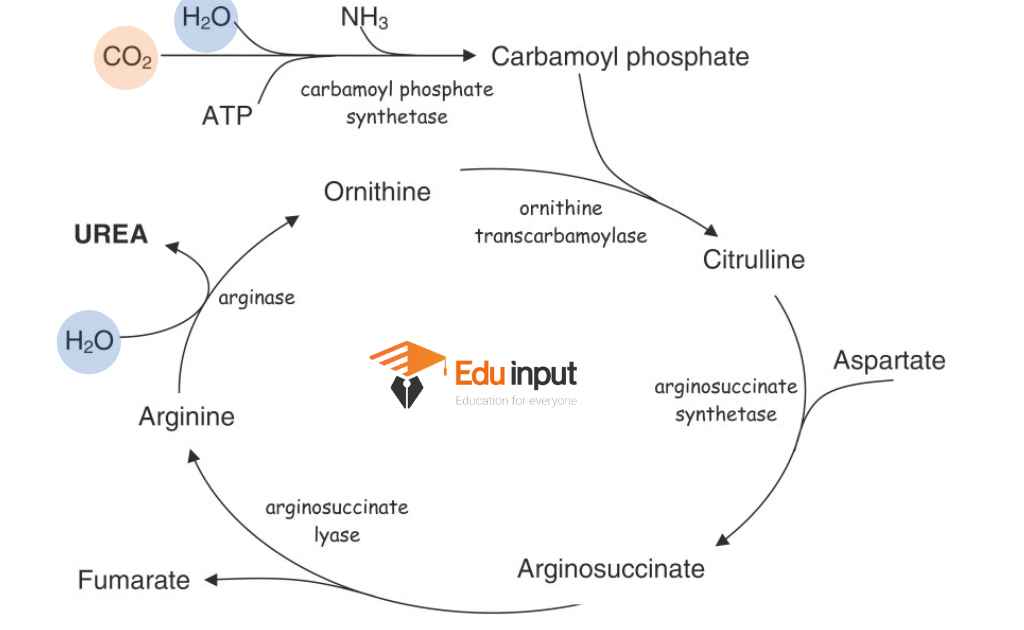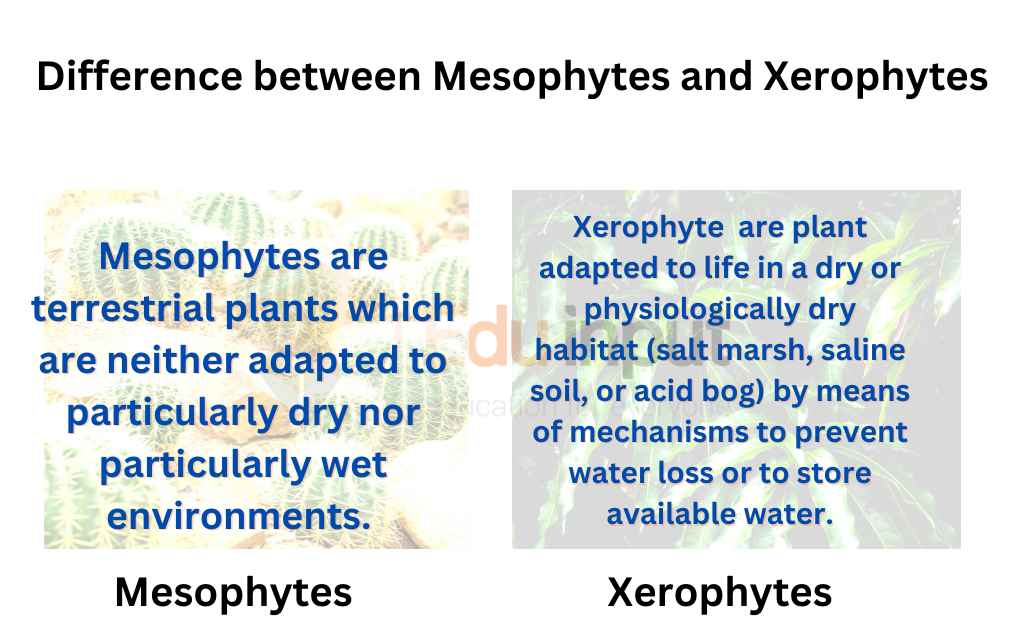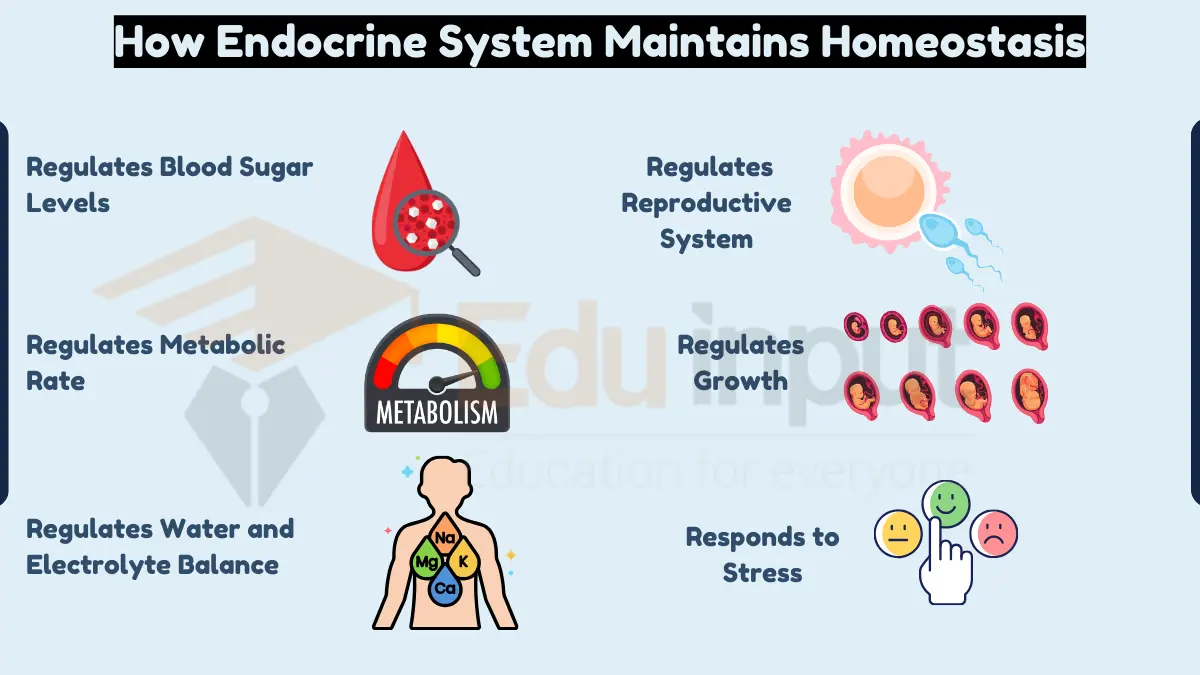Excretion in Plants-Excretory Products and Organs
Excretion or elimination means to remove something from a system or environment. In biology, it refers to the removal of substances from the body. Elimination is the process of removing toxic materials from the body. The word ‘elimination’ comes from the Latin verb eludes meaning ‘to flee away. This term was originally used to describe the act of fleeing from danger. It became associated with the medical field during the Middle Ages.
Excretion in plants
Excretion in plants refers to the removal of waste materials being produced in a plant cell e.g metabolic waste.

Types Of Excretion
There are three main types of Excretions:
- Metabolic,
- Excretory
- Immune
Metabolic elimination is the process of breaking down food into its basic components such as carbohydrates, proteins, and fats. Excretory elimination is the process of getting rid of waste through urination and defecation. Immune elimination is the process of defending against foreign invaders.
How Wastes Are Produced?
Your body produces waste through several processes, including digestion, metabolism, and urination. When you eat food, some nutrients are absorbed into your bloodstream. Your digestive tract breaks down the food into smaller particles, absorbing vitamins, minerals, and other nutrients.
Some of these nutrients are then stored in your liver, muscles, and fat cells, where they remain until needed. Other nutrients are released back into your bloodstream. These include water, salts, and acids. As urine flows from your bladder, waste is removed from your body.
Plants excrete through their roots, leaves, stems, fruits, flowers, seeds, and even through their stomata. The term comes from the Latin word exsiccate, meaning to wash away.
Plants release waste materials into the soil. This helps them absorb nutrients from the air and water. They also release carbon dioxide and other gases into the atmosphere.
Plants take in carbon dioxide during photosynthesis, then they convert some of that CO2 into organic compounds. These organic compounds are stored in plant cells as starch, sugars, proteins, fats, oils, and cellulose.
Some of these substances are released back into the soil through the root system. Other substances are released through the leaves, stems, and petioles. Still, other substances are released through the flower buds, fruit, and seeds.
Plant excretions vary depending on the type of plant. Some plants secrete chemicals that repel pests and attract pollinators. Others produce toxins that protect against predators. In some cases, plants emit volatile compounds that attract other organisms.
Excretory Products Of Plants
The plants produce the following excretory products;
- Oxygen is produced during photosynthesis
- Carbon dioxide and water are produced during respiration as excretory products,
- Plants also produce several organic and inorganic compounds. These compounds are stored for different purposes. They are removed when necessary.
Excretory Organs In Plants
There are different mechanisms for the elimination of these wastes in plants like stomata. water is used for maintaining turgor in the cells. The remaining water is lost through transpiration. The following structures are used for the removal of wastes in plants:
Vacuoles
Plant cells have large vacuoles. These vacuoles are used for the storage of useful compounds. They also store waste substances.
Leaves
The leaves are used to excrete wastes. So leaves are also called excretaphore. Plants produce certain inorganic and organic wastes. These wastes are stored in different organs like leaves. These leaves fall off during autumn. In some cases leaves die off. For example, the leaves and stalk of certain bulbs like blue bell die. It leaves the bulb underground. This bulb grows next year. The falling leaves are a good source of minerals. The gardeners use these rotten autumn leaves as mineral sources. The plants drop the yellow leaves in the autumn.
It is a seasonal time for the plants to get rid of waste. The color of these falling leaves is not changed into yellow due to the removal of chlorophyll. The autumn leaves are examined microscopically. It shows that these leaves have pigmented compounds.
They also have many toxic materials like heavy metals. These compounds give yellow color to leaves. These compounds increase sharply with the yellowness of leaves.
Stems
Some trees deposit strange chemicals in the xylem of branches and trunks. These xylems are not now used for water transport. This takes place in ebony. Very dark black wood in certain plants is called ebony. Ebony produces very black wood in the center. The plant physiologist considers strange chemicals as waste materials.
Roots
Some plants actively secrete waste compounds into the soil. Sometimes, they use these chemicals as weapons against other competing plants e.g. conifers.
Frequently Asked Questions-FAQs
What does excretion or elimination mean?
The term excretion or elimination refers to the removal of something from a system.
What are the excretory products of plants?
Plants excrete the following waste products;
Oxygen
Carbon Dioxide
Inorganic and organic material
Nitrogenous compounds
Which structures or organs have involved the removal of wastes in plants?
The following structures are used for the removal of wastes in plants;
Vacuole
Roots
Leaves
Stem
What is ebony?
The dark wood in certain trees is called ebony. Plants sometimes store their waste material in ebony.

 written by
written by 





Leave a Reply